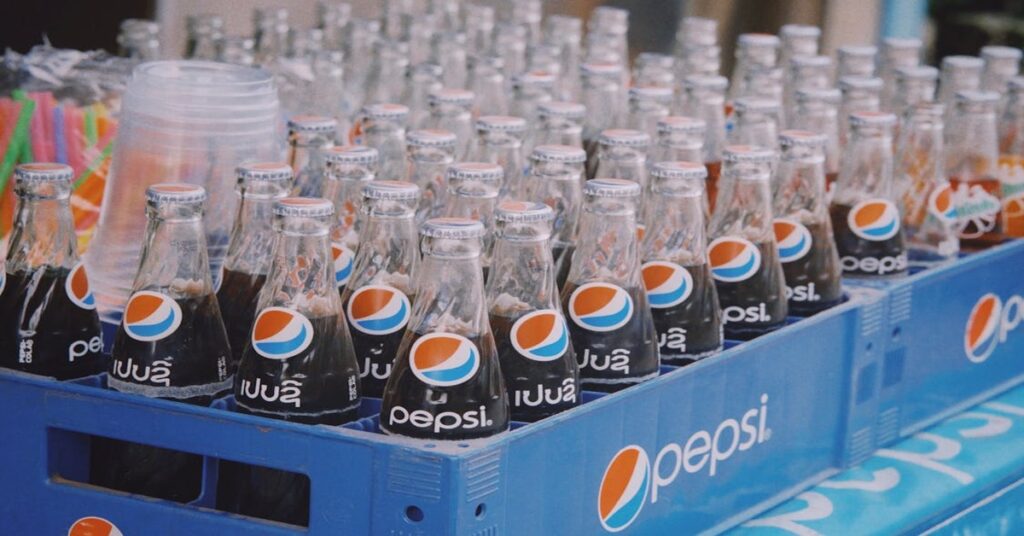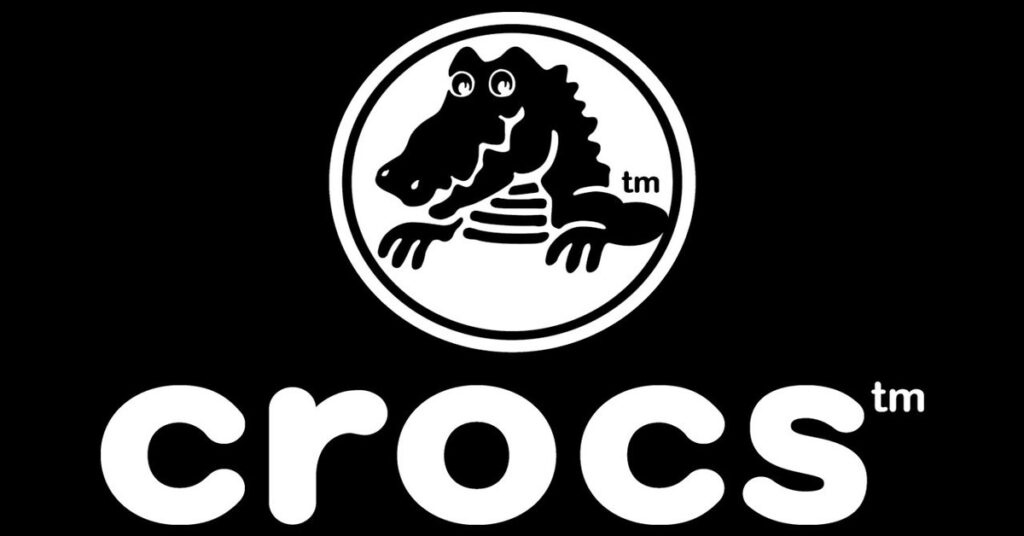In the pursuit of a greener future, one crucial area of focus is tackling the issue of packaging. Brands are increasingly recognizing the importance of sustainable packaging, and efforts are being made to create new standards that can combat the environmental challenges we face. Let’s delve into the current state of packaging, the progress being made, and the need for collaboration among designers, brands, and retailers.
The Progress Being Made
Future policies, such as the introduction of a deposit return scheme and extended producer responsibility, have shown that the government is committed to driving change in the packaging industry. Additionally, local authorities’ standardization of recycling and waste collection across the UK is a significant step towards a more coordinated and efficient system. These initiatives indicate that real progress is being made, creating a positive path towards a sustainable future.
Collaboration as the Key to Success
Organizations such as WRAP and the Ellen MacArthur Foundation have played a vital role in bringing together competitors to collaborate on packaging solutions. By fostering collaboration among key stakeholders, these organizations are creating innovative approaches that can revolutionize packaging practices. The realization that sustainable packaging is a collective responsibility drives the need for designers, brands, and retailers to work together towards a common goal.

To make real progress, we need to move beyond current fragmented efforts and establish collaboration, multi-stakeholder design thinking, and standardization as the new industry paradigms through open sharing of expertise, knowledge, and best practices. Let’s better understand these concepts to figure out how they can help us achieve our goals.
Beyond Limited Collaboration: We must scale up collaboration between brands, retailers, and designers to co-design sustainable packaging formats through problem-solving instead of competition.
Systemic, Multistakeholder Design Process: Bringing in perspectives from the entire supply chain from extraction to recycling will create packaging optimized for its entire lifecycle.
Standardization Over Differentiation: Standardizing formats by product need versus brand preferences simplifies waste management and material recirculation while clarifying processes for consumers.
Challenges on the Path to Change
While progress is being made, it is important to acknowledge the challenges that impede rapid and coordinated action. The scale of the packaging problem can often feel overwhelming, leading to slow and uncoordinated responses. Unclear solutions and a lack of accessibility can further hinder progress. However, recognizing these challenges is the first step towards finding effective and practical solutions that can address environmental concerns.
Design Council’s Call to Action
The Design Council, through its Design for Planet festival programme lead, Hugo Jamson, is inviting designers, brands, and retailers to come together and create new packaging standards. By collaborating and sharing ideas, these stakeholders can collectively tackle the packaging problem, driving innovation and sustainable practices. The Design Council’s outreach to various industry players, from designers to recyclers, demonstrates their commitment to understanding the multifaceted issues at hand and finding holistic solutions.
Bottomline
The packaging industry is on the cusp of significant change, with policies and collaborations paving the way for a more sustainable future. As stakeholders in this ecosystem, it is essential for designers, brands, and retailers to align their goals and work towards creating packaging solutions that minimize environmental impact. By embracing collaboration and shared responsibility, we can overcome the challenges and design a better future for our planet.
Also Read: Beyond Protection: How Product Packaging Enhances Brand Experience?



